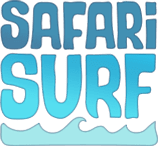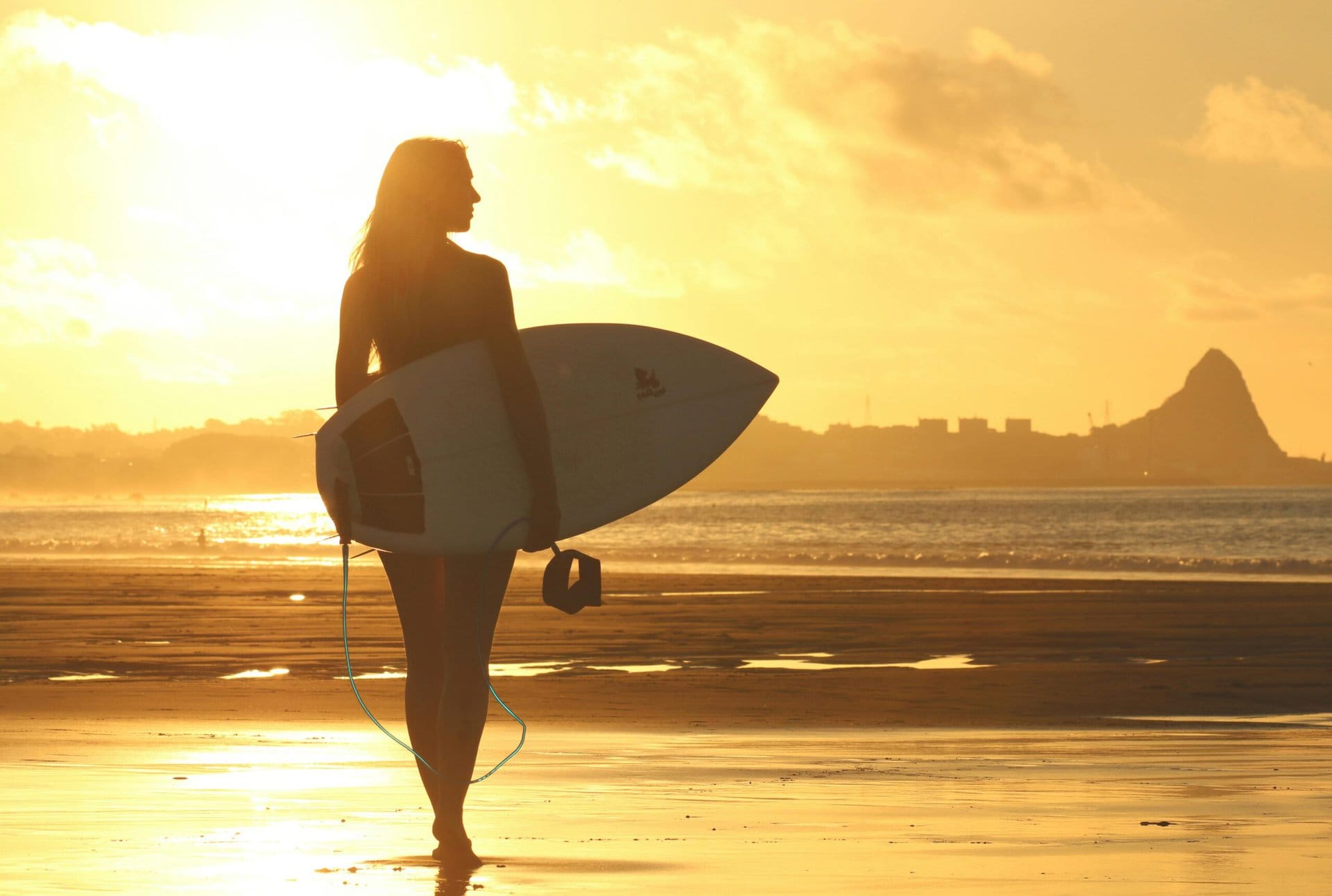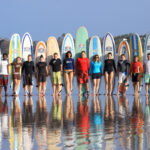If you’re a surf fan, you probably follow a few professional surfers on social media, or perhaps you keep up with the various surf vlogs on YouTube. A common theme across surf media and social channels is surf travel. Surf travel’s portrayal in the media is often romanticized, branded with catchy titles like “The Search,” where pro surfers travel to the far corners of the earth to find isolated, perfect surf. The waves we once saw in magazine spreads that now dominate our social media feeds are perfect by strict definition in that they look as if they break without a drop of water out of place. If you or I tried to surf most of the waves we see in surf media, we’d, at minimum, end up with a broken board. In reality, surf travel is for everyone, not just the pros. Plenty of waves around the world are ideally suited for progression, and we have three surf schools founded on that principle. If you’re an intermediate surfer curious about surf travel, continue reading below for The Safari Surf Guide to Intermediate Travel.
Intermediate Surf Travel Planning
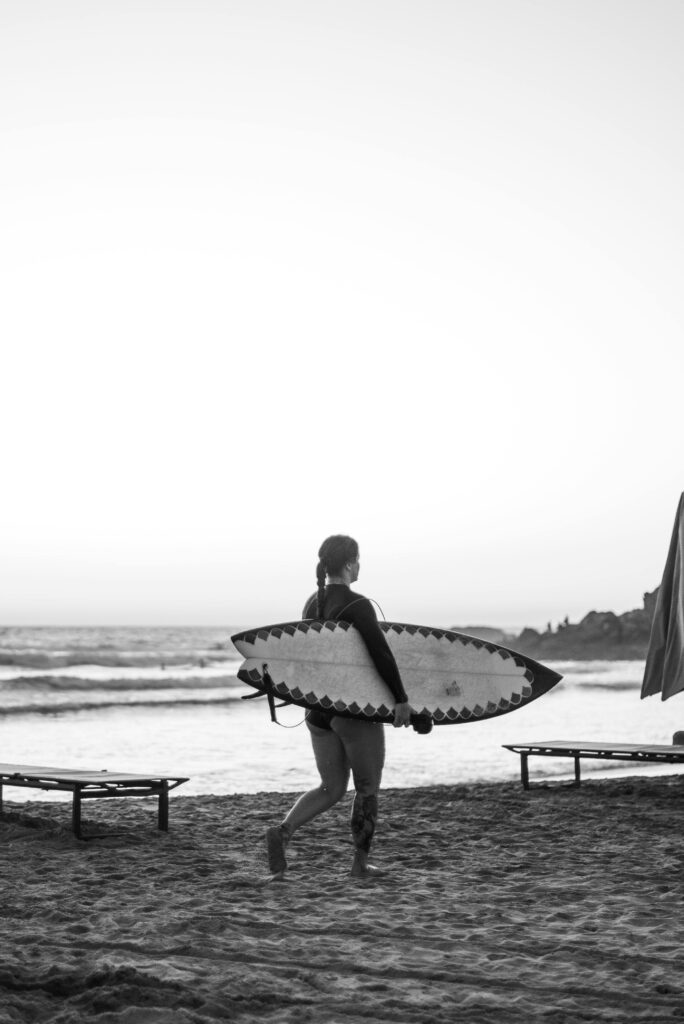
When planning intermediate surf travel, it’s essential to consider the destination, your ideal wave type, and the time of year you’re traveling. Ideally, you’re looking for destinations with user-friendly waves, like the sand-bottom beach breaks of Costa Rica and Panama. If you’re pushing the boundaries of intermediate surfing and are ready to try out more advanced waves, we recommend looking for destinations with multiple wave types, like Ayampe, Ecuador, which has a reliable, intermediate-friendly beach break but also reefs and points nearby.
When to Plan Your Trip
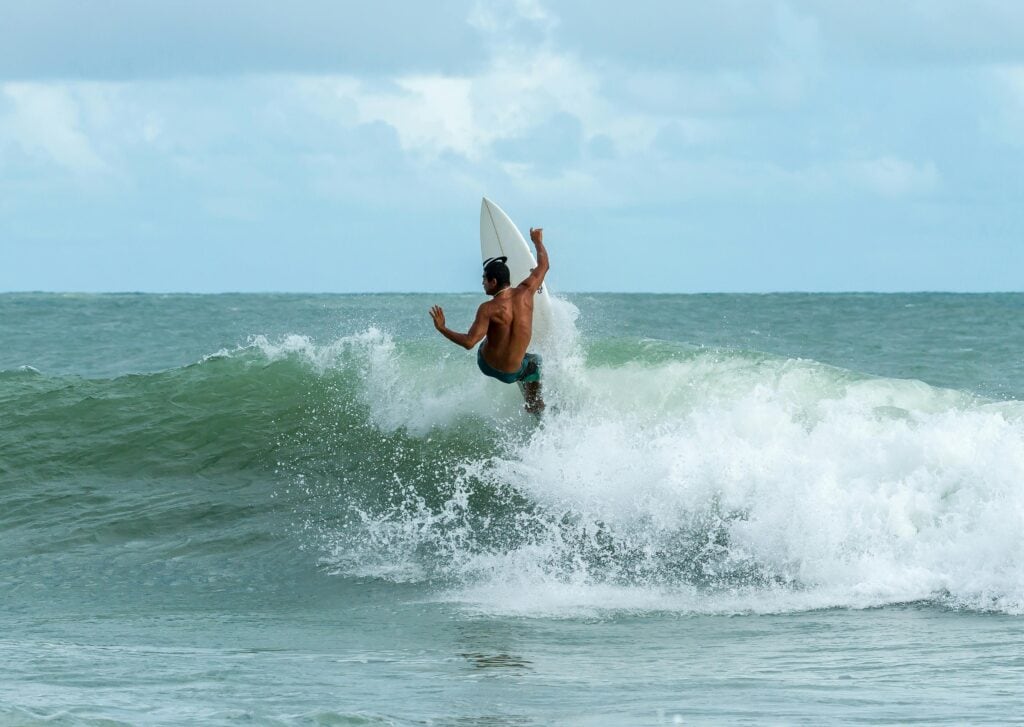
Another thing to consider when planning intermediate surf travel is the time of year you travel. Swell season in Central America falls during the rainy season, which lasts from May to September. While swell season sounds appealing, sometimes we find that big swells are too much for new and intermediate surfers. For surfers still mastering the basics of generating speed, catching waves, and turning, we suggest traveling during the dry season, which lasts from October to April. During the dry season, Central America’s Pacific Coast receives predominately offshore winds, which groom incoming medium-sized swell into the ultimate canvas for surf progression.
Surf Lessons, Surf Coaching, or Surf Guiding
While it may be tempting to paddle out on your own as an intermediate surfer, we recommend continuing your learning with a professional instructor, guide, or coach. Surf lessons, either in a group or private, are ideal for surfers who are starting from scratch or need to refamiliarize themselves with the fundamentals. Surf coaching is best suited for surfers working on specific aspects of progression, like generating speed or turning. Surf guiding is best for surfers who want to maximize their wave count in a new location but feel comfortable surfing on their own.
Intermediate Surf Destinations
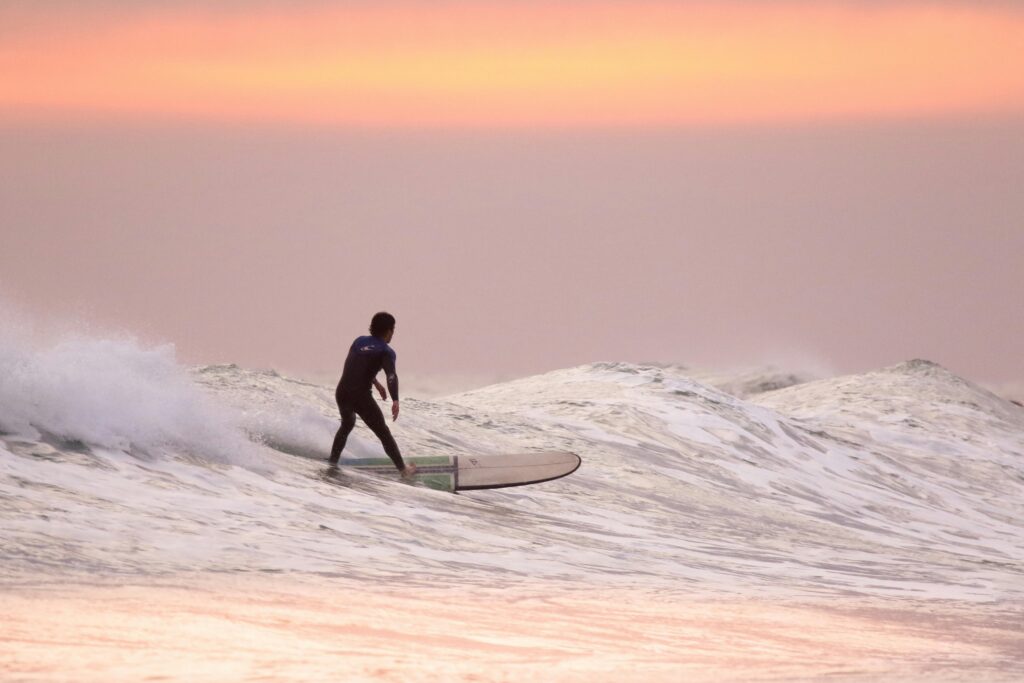
There are intermediate-friendly waves all over the world. Our three Safari Surf Schools are ideally located for surfers looking to progress their skills. In Costa Rica, surfers can tackle Playa Guiones, a powerful beach break that handles serious size and offers user-friendly, slow-peeling waves. In Play Venao, our Panama surf school is located on a crescent-shaped beach where the middle of the cove is exposed to large swells, and the sides offer smaller, beginner-friendly waves. In Ayampe, Ecuador, our new surf school is on one of the continent’s most consistent beach breaks. Beyond the beach break, guests can explore the miles of untouched coastline and isolated waves with our guides.
If you’re ready to plan your next surf trip, head to the Safari Surf Website to book your next dream surf trip. With surf schools in Costa Rica, Panama, and Ecuador, the Safari Surf team has everything you need for your next great surf trip.

